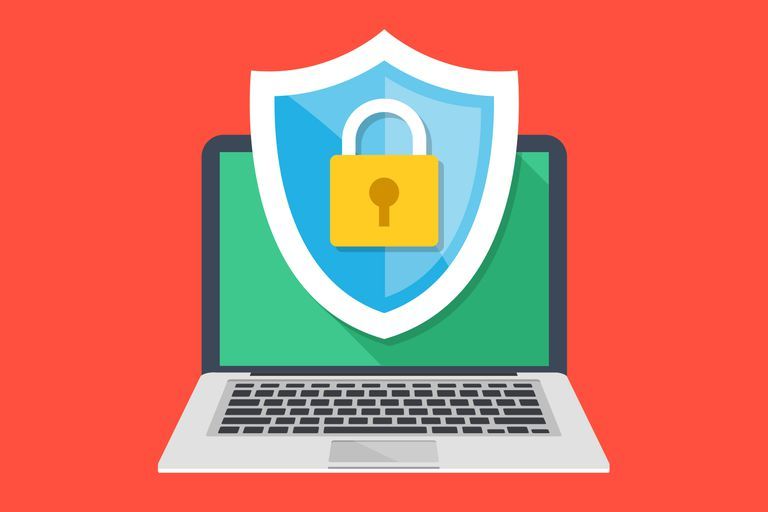Staff training
Current workplace security awareness systems use a very one-size-fits-all approach. A more reliable and cost-effective approach to applying the workplace safety awareness model is to use a standardized multi-phase process that meets the specific needs of the company. Human error remains the leading cause of data breaches, and these breaches cause organizations a great deal of financial and reputational damage.
Researchers have shown that 95% of cybersecurity breaches are due to human error. On top of that, only 38% of global organizations state that they’re prepared to handle a sophisticated cyber-attack.
And worse, as much as 54% of companies say they have experienced one or more attacks in the last 12 months, this number rises every month. Social engineering is the current favorite technique among cyber-criminals to psychologically exploit victims in order to persuade them to knowingly or unintentionally hand over private data that is then subverted for nefarious purposes. Another important tactic is phishing, where emails or connexions are sent to workers who then have their login certificates mined, in reality, 95% of cyber attacks are the product of phishing scams, causing phishing awareness training necessary (FraudWatch International, 2018).
To train employees involves the adoption of a methodology that has three phases. Valentine (2006) states in his research that methodology implements following some steps.
Assessment Phase
Identification Phase
Education Phase
Assessment Phase
The primary aim of introducing an organizational-wide employee safety awareness plan is to secure client processes and information, particularly confidential and potentially sensitive records. It is also important that the organization will thoroughly evaluate what it wants to safeguard through the introduction of the security awareness program.
Identification Phase
After taking proper care of what it wants to secure, a company that aims to introduce a security awareness system requires defining the workers communicate periodically with the data and with any other security-related controls, such workers are basically gatekeepers for the data protection of an organization.
Education Phase
After an organization analyzes what the program should contain is important to educate the employees in that way to avoid do major mistakes when they could meet a security breach. For this reason, a company should test the staff in a possible scenario.
Example of employee training.
Li et al., (2019) have describe in them survey a model of this training.
The findings of the analysis show that U.S. workers have been mobilizing resources for digital change in the battle against contemporary cybercriminals. Employees at different companies have experienced cyber-crime-related disruptions as they establish and implement new technology protocols, practices, techniques, and tools intended to keep up with developments in the marketplace. Respondents who engaged in this survey agree that digitalization requires them to reconsider their long-term information defense policies, techniques, and activities. The survey also showed that protection change does not only impact technological decisions but that it is also necessary to improve employee understanding in order to prevent cybercrime from happening.
Conclusion
Security awareness training is an important factor for every company. Each employee should be aware of the prevention and suggested remediation protocol for data security purposes. This will help organizations to avoid having to deal with a number of issues that could impact or damage the stability of the company and, therefore, cyber awareness training is required to help employees learn about the detection of fraudulent behavior and data stealing.
References list:
FraudWatch International. 2020. What Is Cybersecurity Awareness Training & Why Is It So Important?. [online] Available at: <https://fraudwatchinternational.com/security-awareness/what-is-cyber-security-awareness-training/> [Accessed 1 March 2020].
Li, L., He, W., Xu, L., Ash, I., Anwar, M. and Yuan, X., 2019. Investigating the impact of cybersecurity policy awareness on employees’ cybersecurity behavior. International Journal of Information Management, 45, pp.13-24.
Valentine, J., 2006. Enhancing the employee security awareness model. Computer Fraud & Security, 2006(6), pp.17-19.

















